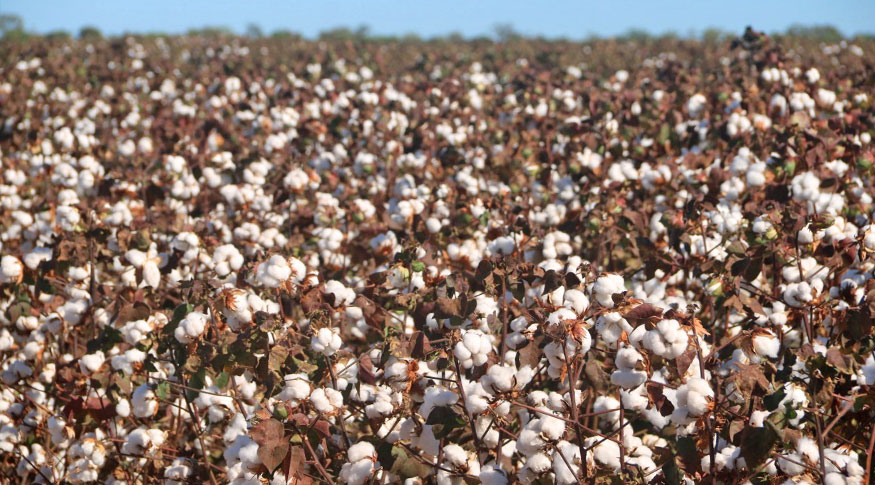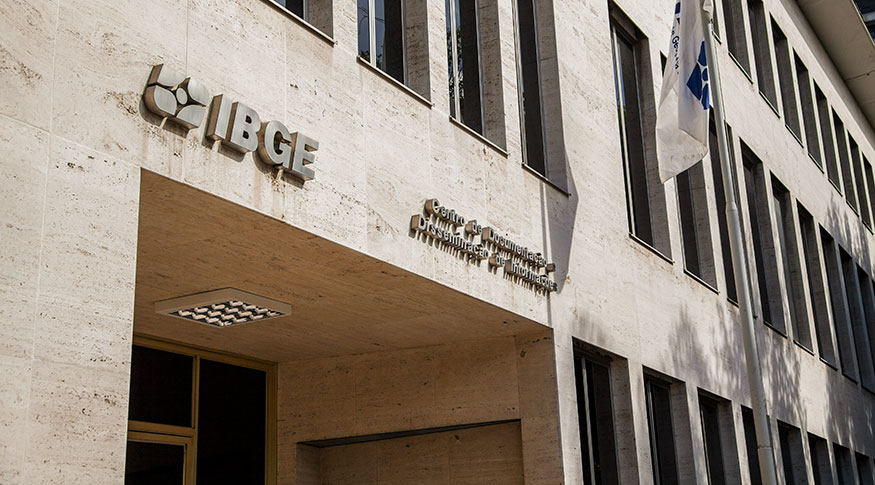Agricutural production
September estimate indicates harvest decrease of 6.4% in 2024
October 15, 2024 09h00 AM | Last Updated: October 15, 2024 05h26 PM

The Systematic Survey of Agricultural Production (LSPA), released today (15) by the IBGE, shows that the national harvest of cereals, legumes and oilseeds is expected to reach 295.1 million metric tons in 2024. It is a figure 6.4% or 20.2 million metric tons below the harvest in 2023 (315.4 million metric tons). From August, there was a drop of 0.4%, with a decrease of 1.2 million metric tons.
The area to be harvested this year is expected to be 78.7 million hectares, which means an increase of 1.1% (817.3 thousand hectares more) against the area harvested in 2023. From the previous month, the area to be harvested recorded an expansion of 101.3 thousand hectares (0.1%).
“In comparison with what we saw last year, the 2024 harvest recorded major losses in summer crops and in the second crop. The dry period were long and affected production in several states, mainly in Mato Grosso do Sul, Mato Grosso, Goiás and Paraná. Also, in Rio Grande do Sul, the Harvest did not take place as expected, as floods that hit the state in April and May damaged crops,” explains the manager of LSPA, Carlos Barradas. He recalls that, in spite of that, the output in Rio Grande do Sul recorded an increase from 2023.
The main negative highlights of 2024 against 2023 are production estimates of corn and milk. Corn, soybeans and rice represent 92.1% of the output estimate and are responsible for 87.2% of the harvested area. In comparison with 2023, there were increases in the estimated production of upland cottonseed (14.2%), rice (2.4%), beans (5.5%) and wheat (9.0%). On the Other hand, soybeans (-4.9%), corn (-11.0%, with 17.4% for corn 1st crop and -9.3% for corn 2nd crop) and sorghum (-8.7%) recorded drops.
Also against 2023, but in terms of the area to be harvested, there was an increase of 15.6% in upland cottonseed, of 5.4%, in paddy rice, of 6.6% in beans and of 3.3% in soybeans. The areas for corn (-3.3%, with -9.3% for the 1st crop and -1.4% for the 2nd crop), of wheat (-11.9%) and of sorghum (-2.2%) recorded drops.
The output estimate of cereals, legumes and oilseeds of September showed a positive annual change only in the North Region (12.5%). The South (-0.7%), Central West (-9.9%), Southeast (-15.8%) and Northeast (-3.8%) registered negative indexes. As for the monthly change, there were increases in the North (0.4%), Northeast (0.3%) and Central West (0.4%). The Southeast (-4.6%) and South (-0.9%) recorded drops.
From Auust, the main increases in estimate came from potato 2nd crop (11.3% or 152 109 t), sorghum (2.9% or 111 874 t), upland cotton seed (2.7% or 230 351 t), potato 3rd crop (2.6% or 29 944 t), beans 3rd crop (1.0% or 8 047 t), beans 2nd crop (0.9% or 13 102 t), cor 2nd crop (0.1% or 96 150 t) and potato 1s crop (0.0% or 68 t).
Drops were recorded in the production of orange (-13.0% or -1 963 109 t), barley (-8.1% or -37 814 t), wheat (-6.1% or -553 632 t), coffea canephora (-4.7% or -49 953 t), sugarcane (-2.1% or -15 004 711 t), oats (-1.7% or -21 229 t), tomato (-1.6% or -70 662 t), grapes (-1.4% ou -20 122 t), beans 1st crop (-1.3% or -12 448 t), soybeans (-0.5% or -777 186 t), corn 1st crop (-0.4% or -84 346 t) and coffea arabica (-0.2% or -5 358 t).
“The production of upland cotton seed hit a new record in September, with an estimated output of 8.8 million metric tons. That represents an increase of 2.7% in the comparison with data of August," Carlos adds.
With a share of 31.1%, Mato Grosso leads national production of grain
Mato Grosso leads as the main producer of grain, accounting for 31.1%, followed by Paraná (12.8%), Rio Grande do Sul (12.0%), Goiás (10.6%), Mato Grosso do Sul (7.2%) and Minas Gerais (5.6%), which, together, represented 79.3% of the total. As for the participations in the main Major Regions in Brazil, the results are: Central West (49.2%), South (26.9%), Northeast (8.8%), Southeast (8.7%) and North (6.4%).
The main positive changes in output, against the previous month, came from Mato Grosso (617 212 t), Maranhão (118 911 t), Rondônia (110 316 t), Amazonas (28 735 t) and Rio Grande do Sul (25 117 t). The main negative changes were found in São Paulo (-1 245 142 t), Paraná (-768 400 t), Tocantins (-54 624 t), Ceará (-27 199 t), Bahia (-6 725 t), Pernambuco (-6 616 t), Minas Gerais (-4 072 t), Acre (-3 566 t), Alagoas (-1 857 t), Rio Grande do Norte (-948 t), Espírito Santo (-717 t), Amapá (-657 t) and Rio de Janeiro (-1 t).
About the LSPA
Implemented in November 1972 with the purpose of meeting user demands for monthly statistical information, the LSPA provides estimates of planted area, harvested area, amount produced and average yield of products selected based on criteria of economic and social importance for the country. It allows not only the monitoring of each crop investigated, from the planting intention phase until the end of the harvest, in the calendar year of reference, but also the forecast for the following year's crops, for which the survey is carried out in the months of October, November and December. Access data on the Sidra database. The next release of the LSPA, relative to October, will be on November 14.



















